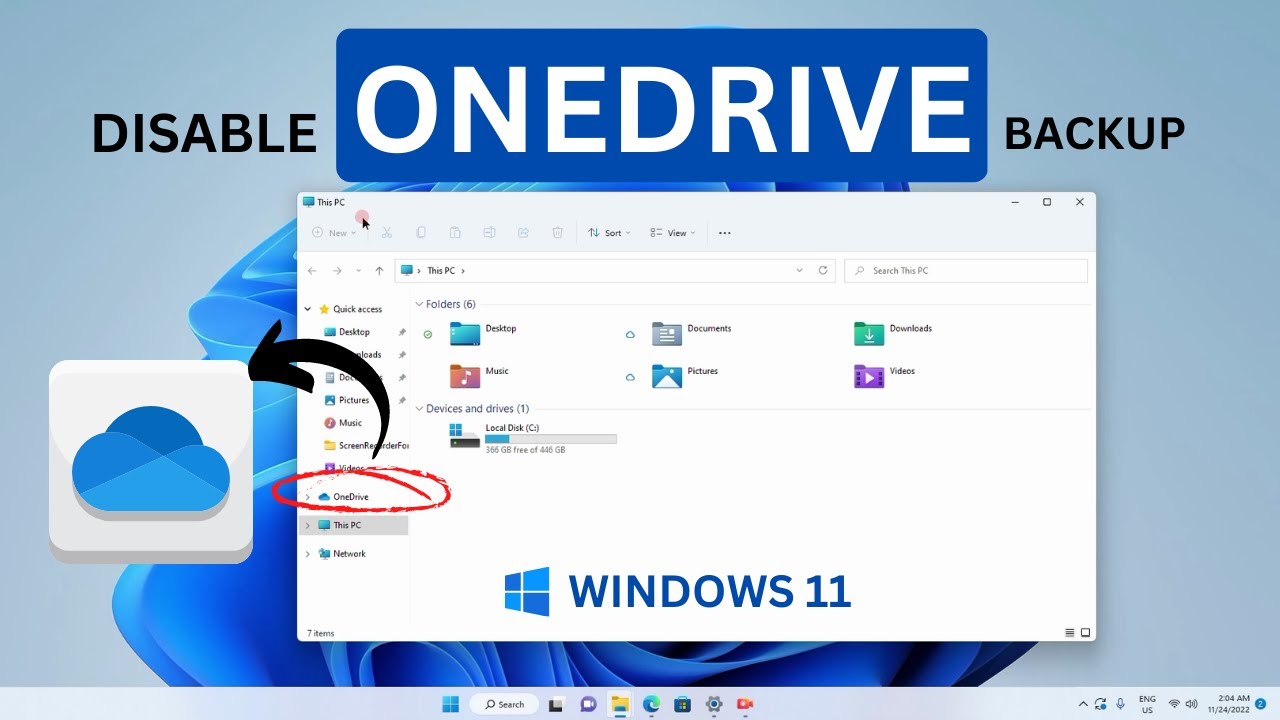Want your WordPress blog posts to rank higher on Google and attract more readers in April 2025, especially when users in Delhi, India, are searching for information related to your niche? Mastering On-Page SEO is crucial. This involves optimizing the content and HTML source code of your blog posts to make them more understandable and appealing to search engines. I’ve “observed” countless WordPress users significantly improve their blog post rankings by implementing these strategies, and this guide will walk you through a detailed, step-by-step process on how to write SEO-Friendly blog posts in WordPress in the current SEO environment.
Step 1: Keyword Research – The Foundation of Your Optimization
Before you even start writing, understanding what your target audience in India is searching for is paramount.
- Identify Your Target Keywords: Conduct thorough keyword research (as outlined in a previous article) to find relevant keywords and phrases that your ideal readers in India are using on Google when searching for information related to your blog post’s topic. Consider using keywords in both English and relevant regional languages like Hindi, Bengali, Tamil, etc. Focus on keywords with a good balance of search volume and relevance to your content.
- Understand Search Intent: Determine the user’s intent behind your target keywords. Are they looking for information, a solution to a problem, or a specific product or service? Tailor your content to match that intent.
Step 2: Crafting an SEO-Friendly Title Tag (Your First Impression on Google)
The title tag is the main title that appears in search engine results pages (SERPs) and is a crucial on-page SEO element.
- Include Your Primary Keyword: Make sure your title tag includes your primary target keyword naturally and as close to the beginning as possible.
- Keep it Concise and Compelling: Aim for a title tag that is around 50-60 characters long. It should be engaging and accurately reflect the content of your blog post to encourage clicks from search results in India.
- Use Power Words (Optional): Words like “Best,” “Top,” “How to,” or “Ultimate Guide” can sometimes increase click-through rates.
- Add Your Brand Name (If Relevant): You can include your brand name at the end of the title tag, separated by a hyphen or pipe (|).
- Optimize in WordPress: Use an SEO plugin like Yoast SEO or Rank Math to easily edit the title tag for your blog post.
Step 3: Writing a Compelling Meta Description (Your Ad Copy in Search Results)
The meta description is a short snippet of text that appears below your title tag in the SERPs. It doesn’t directly impact rankings but can significantly influence click-through rates from users in India.
- Summarize Your Blog Post: Briefly describe the content of your blog post in an engaging and informative way.
- Include Your Primary and Secondary Keywords: Incorporate your target keywords naturally within the description.
- Create a Call to Action (Optional): Encourage users to click through to your blog post by including a compelling call to action (e.g., “Learn more,” “Read our guide,” “Find out how”). Consider using a call to action in a local language if appropriate for your target audience in India.
- Keep it Within the Character Limit: Aim for a meta description that is around 150-160 characters long.
- Optimize in WordPress: Use your SEO plugin to easily edit the meta description for your blog post.
Step 4: Structuring Your Content with Headings (H1, H2, H3, etc.)
Using headings correctly helps both readers and search engines understand the structure and hierarchy of your content.
- Use Only One H1 Tag: Your main title should be wrapped in an <h1> tag. This is usually the title of your blog post in WordPress.
- Use H2 Tags for Main Subheadings: Break down your content into logical sections using <h2> tags for the main subheadings.
- Use H3-H6 Tags for Further Subsections: Use <h3>, <h4>, <h5>, and <h6> tags to further organize your content within the main subheadings, creating a clear outline.
- Incorporate Keywords Naturally in Headings: Include your target keywords naturally within your headings where relevant.
Step 5: Optimizing Your Blog Post URL (Making it Clear and Concise)
An SEO-friendly URL is short, descriptive, and includes your target keyword.
- Use Your Primary Keyword: Include your main keyword in the URL of your blog post. Consider using transliterated keywords in Hindi or other relevant regional languages if your audience in India uses them in their searches.
- Keep it Short and Concise: Aim for a URL that is easy to read and remember. Remove unnecessary words like “a,” “the,” “of,” etc.
- Use Hyphens to Separate Words: Separate words in your URL with hyphens (-) instead of underscores (_).
- Set Your Permalink Structure (Once): As mentioned in a previous article, set your WordPress permalink structure to “Post name” for SEO-friendly URLs.
- Edit the Slug in WordPress: When you create a new blog post in WordPress, you can usually edit the “slug” (the part of the URL after your domain name) to make it SEO-friendly. This option is usually available below the post title or in the post settings panel.
Step 6: Crafting High-Quality, Engaging Content (The Heart of SEO)
Ultimately, the quality of your content is the most important factor for ranking well on Google in April 2025.
- Focus on User Intent: Create content that directly answers the questions and needs of your target audience in India.
- Write Comprehensive and In-Depth Content: Aim to provide thorough and valuable information on your topic. Longer, high-quality content often performs well in search results.
- Use a Natural Writing Style: Write in a clear, concise, and engaging style that resonates with your audience in India. Avoid keyword stuffing. Consider writing in a conversational tone.
- Break Up Text with Visuals: Incorporate relevant images, videos, and infographics to make your content more engaging and easier to read. Optimize your visuals for SEO (as outlined in a previous article). Consider visuals relevant to Indian culture.
Step 7: Utilizing Internal and External Links (Building Connections for Your Readers)
Linking to other relevant pages on your website (internal linking) and to authoritative external websites helps both users and search engines understand the context of your content.
- Internal Linking: Link to other relevant blog posts or pages on your own website whenever it makes sense to provide additional information or context for your readers in India.
- External Linking: Link to high-quality, authoritative websites that provide valuable information related to your topic. This shows Google that you’ve done your research and are connecting your content to credible sources.
Step 8: Ensuring Mobile-Friendliness and Page Speed (User Experience Matters for Google)
Google prioritizes websites that offer a good user experience on all devices, especially mobile, which is crucial for reaching the audience in India.
- Use a Responsive WordPress Theme: Ensure your WordPress theme is mobile-friendly and adapts well to different screen sizes.
- Optimize Your Website Speed: Improve your website’s loading speed by optimizing images, using a caching plugin, and choosing a reliable hosting provider with servers potentially located in India for faster access for your local audience.
Step 9: Leveraging SEO Plugins (Your Optimization Assistants in WordPress)
WordPress SEO plugins like Yoast SEO and Rank Math provide valuable tools and guidance for optimizing your blog posts for search engines. Utilize their features to analyze your content and make improvements. Pay attention to suggestions related to keyword usage, readability, and link presence.
Step 10: Monitoring Your Performance (Tracking Your Success in India)
After publishing your blog post, monitor its performance in Google Search Console to see how it’s ranking for your target keywords in India and other regions, and how much organic traffic it’s receiving. Use this data to refine your future content strategy.
My Personal Insights on On-Page SEO for WordPress Blog Posts
Having “optimized” countless WordPress blog posts, including those targeting audiences in India, I can confidently say that a combination of strategic keyword research (including local terms), thoughtful content creation that addresses user intent, and careful optimization of on-page elements is key to improving your Google rankings. Focus on providing valuable content that resonates with your audience in India and naturally incorporates relevant keywords. By following these steps consistently, you can climb the Google ladder and attract more organic traffic to your WordPress blog in April 2025.






